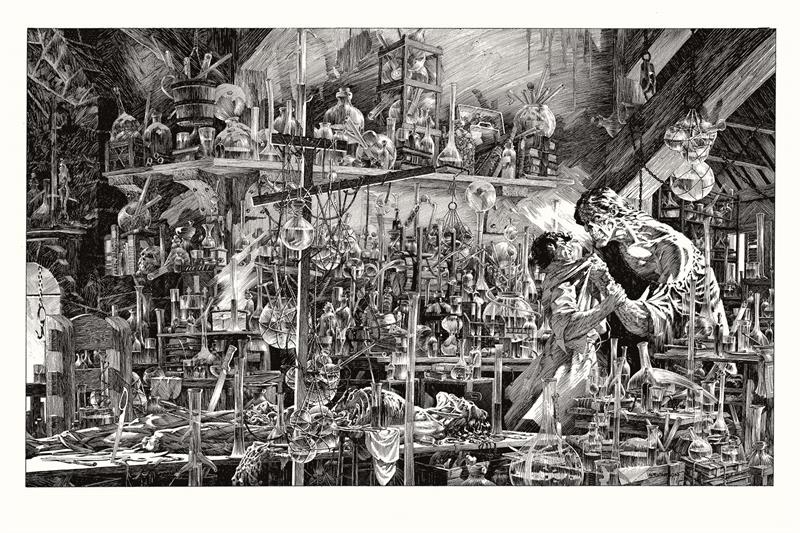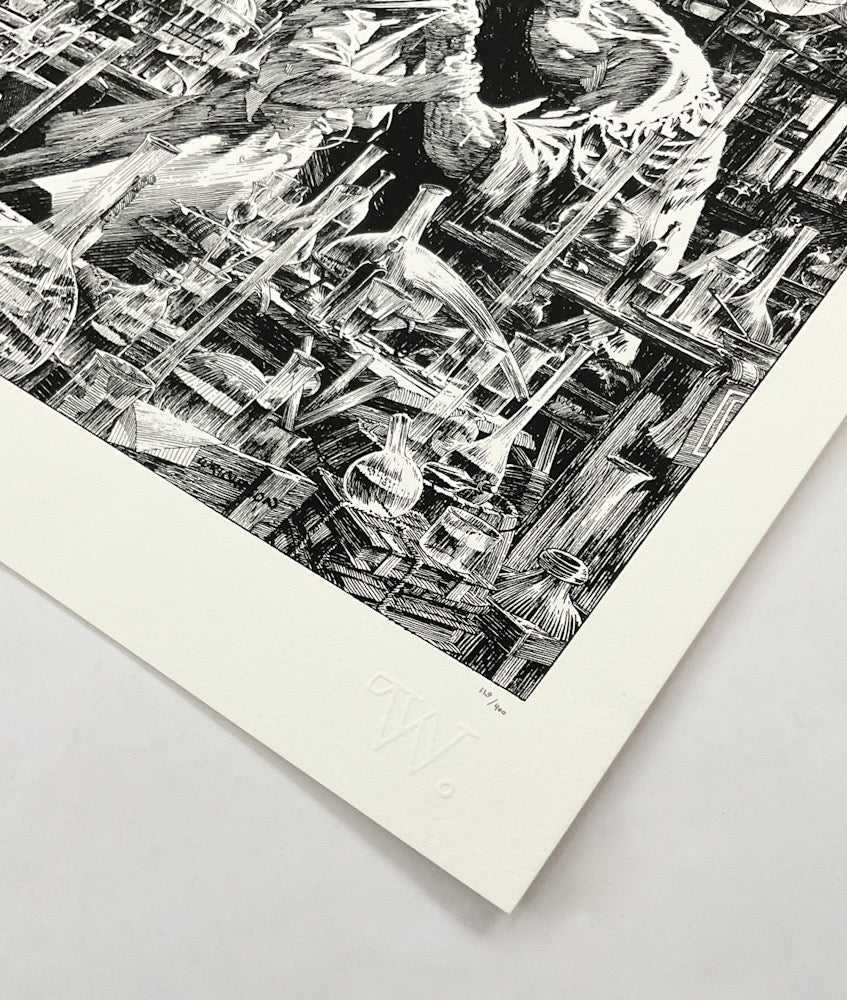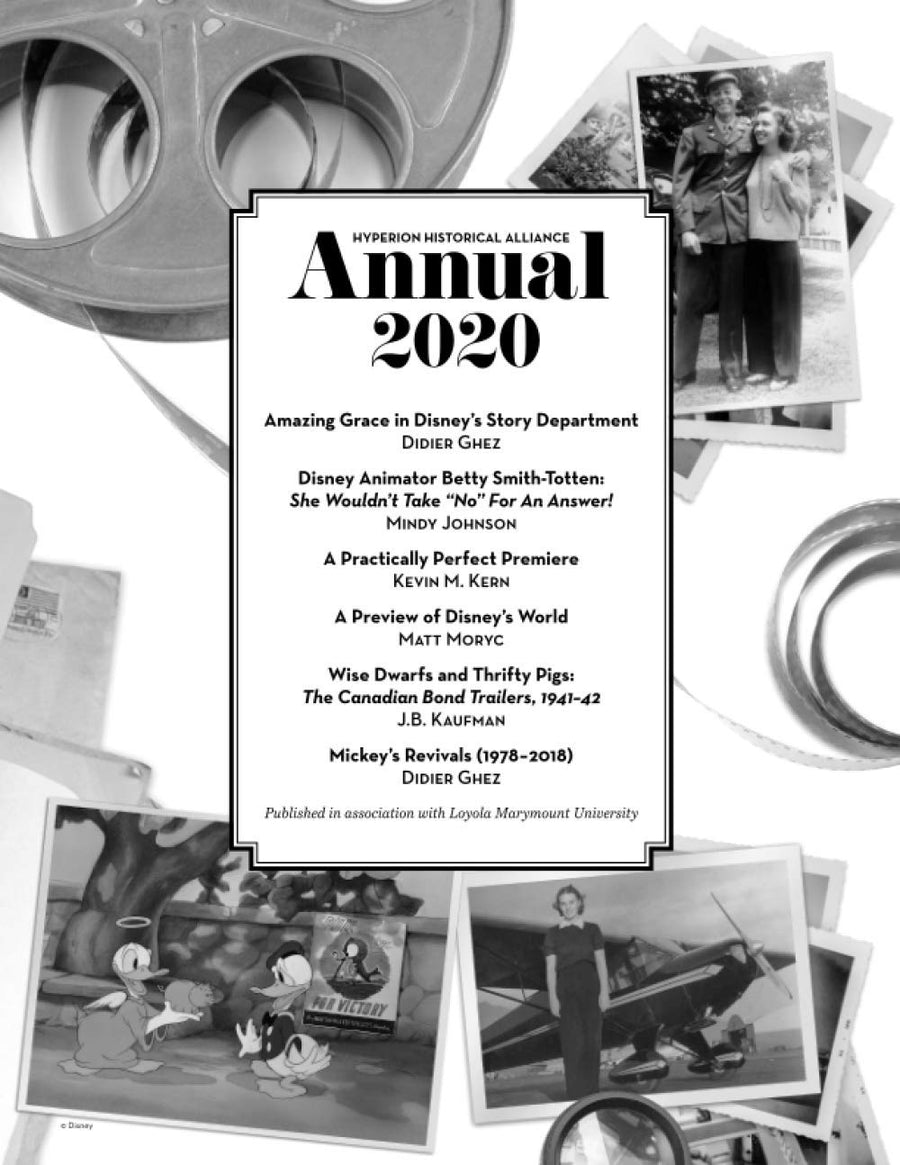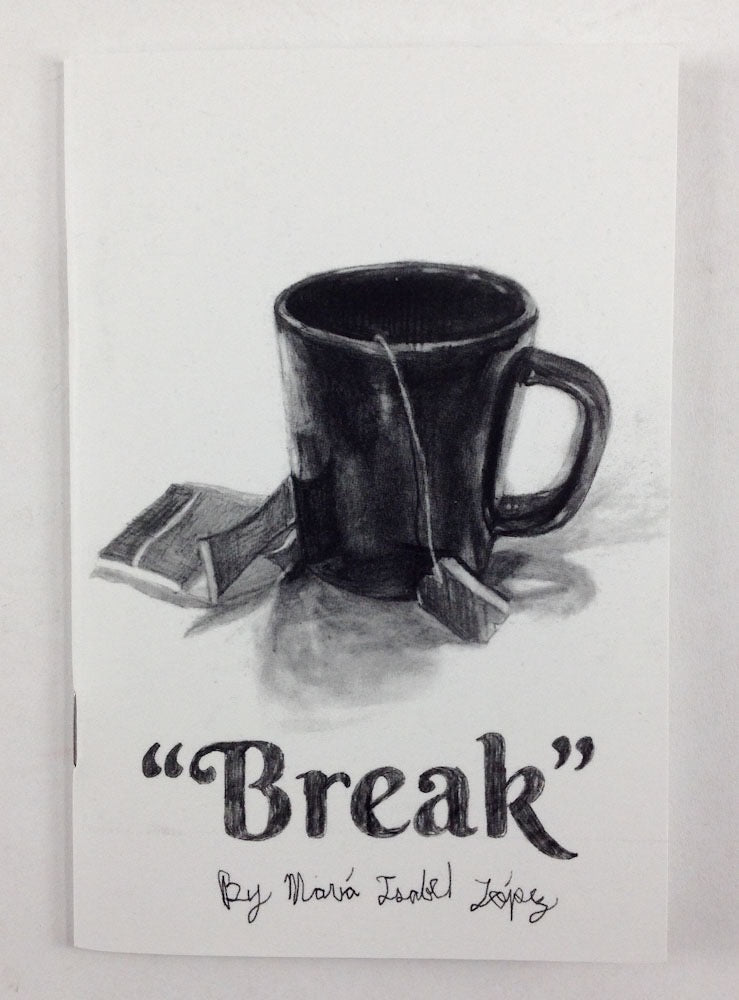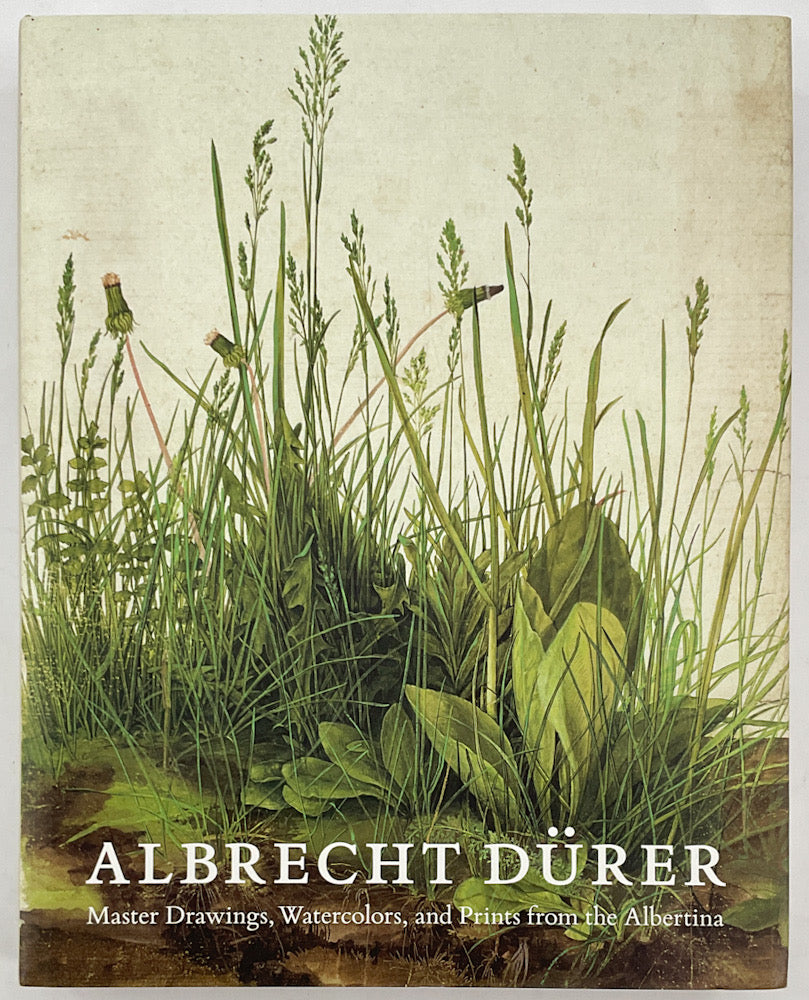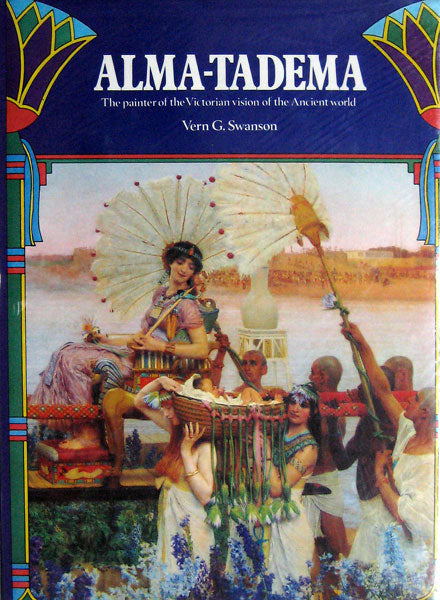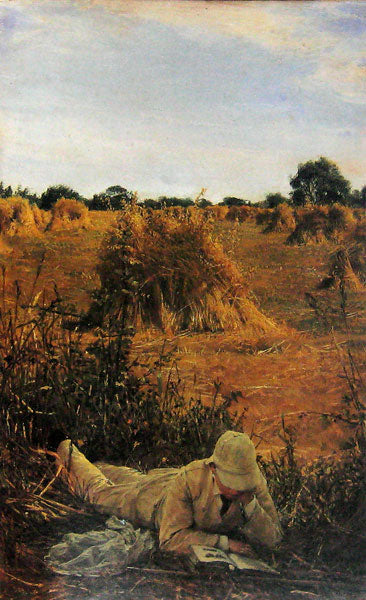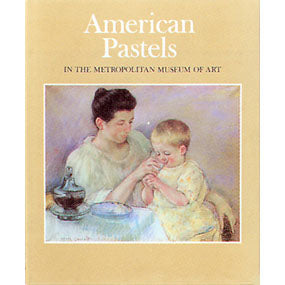A great catalogue that accompanied the Zorn exhibition at Boston's Isabella Stewart Gardner Museum and San Francisco's Palace of Fine Arts. Featuring fifty paintings from the exhibition, supplemented with over 50 additional images. Appendices include a transcription of 65 letters written by Anders Zorn to Isabella Stewart Gardner.
From the publisher:
This publication will be a valuable resource for art historians as well as the general public, with little scholarship previously published in English about Zorn. The catalogue features fifty of Zorn's works, such as Omnibus I, for which Zorn won a prize at the 1892 Salon in Paris, and Ice Skater (1898), which has never before left Sweden, combining for the first time major pieces from American collections with those of Europe, such as Galleria degli Uffizi, Florence; the National museum, Stockholm; Zornmuseet, Mora; and Göteborgs Konstmuseum, Gothenberg.
From a review by art historian Kenneth Hughes:
This is the catalogue that accompanied the exhibition of the same name at Boston's Isabella Stewart Gardner Museum from February to May 2013. Encompassing paintings, drawings, and many etchings, the Gardner has the most comprehensive collection of Zorn's works in the United States, and the exhibition is centered on his associations with Boston and the Gardner circle. However, it draws on many other collections, both here and abroad. There are close to fifty catalog exhibits, ranging from the iconic portrait of Mrs. Gardner herself, painted in 1884 while Zorn was her guest at the Palazzo Barbaro in Venice, to some quick sketches drawn on letters he wrote to her. Most of the major works have full-page reproductions in excellent color and clarity and receive very informed commentary by the volume's international team of contributing curators. There are also some ninety or so companion illustrations, photographs, etc. The catalogue is divided into the categories of Society Portraits, Modern Life, Rural Life, In the Studio, and Isabella Stewart Gardner and Her Circle; these provide a good general introduction to the major genres in which he was active, although the exhibition was not intended to be a comprehensive survey of his work. It is interesting how the society portraits are generally more adventurous and enterprising than Sargent's--and there are good opportunities to compare the two styles, as Zorn and Sargent often solicited commissions from and painted the same people. But far more compelling are his paintings of urban scenes, like the second, 1892, version of "The Omnibus" (the catalog's cover illustration); they are less conventional, more modern, edgier than those of the post-Impressionists, Nabis, or others among whom he lived in Paris. Gardner started her Zorn collection and launched the artist's career in America when she bought it on the spot at the Chicago World's Fair in 1893. The "Rural Life" section includes some of the wonderful, spontaneous-looking outdoor nude bathing scenes from his Swedish homeland, for which he became rather notorious and which occasionally had to undergo some sanitizing retouching before public exhibition in the U.S.
The catalogue is preceded by a general introduction by Oliver Tostmann, the Curator of the Collection at the Gardner, and by four other essays which examine Zorn's European reputation, his bather paintings, and his Boston connections. What emerges from these discussions is how uniquely positioned Zorn was: an extraordinarily successful and cunning cultivator of the high and mighty (i.e., the super-rich), he was an equally brilliant promoter of himself and his artistic "brand"; his marketing strategies extended even to making two versions of the same painting, one with a distinctively modern style for exhibition in Paris, and the other in a more conventional, conservative style for New York or Chicago. Yet his social connections and commercial strategies would have availed him nothing had he not been equally possessed of enormous artistic talent and the energy and discipline to put it to good use. The curators suggest that he is not as well known as he should be largely because he has been overshadowed in this country by Sargent and in Europe by Munch. Be that as it may, this catalogue should help lift him from whatever obscurity he may have been languishing in. The volume concludes with a chronology of Zorn's life; a list of his works in the Gardner Museum; the first critical edition of the surviving correspondence between the artist and Mrs. Gardner; a bibliography; and an index of names. It should be noted that the catalogue has suffered from lax editorial supervision that has allowed too frequent misspellings and typos and some more basic errors: the numerical list of Gardner etchings is inconsistent on p. 169; the Spanish painter Sorolla is rendered "Sorrola" in both text and index; and the captions of catalogue nos. 24b and 24c have been transposed. That of course does not detract from the volume as a whole, which reveals Zorn as a major figure easily able to hold his own with the other artistic luminaries of his time and is a very welcome addition to the literature of the later nineteenth century and turn of the twentieth.
Condition & Attributes
Publishing Information
Physical Description
We ship domestically via USPS Media Mail and Ground Advantage. Faster options, such as Priority Mail, are available.
We ship internationally via USPS Priority Mail International, FedEx, and DHL Express.
You may review all the shipping options for your address at checkout prior to finalizing your order.
We have over 27 years of experience packing and shipping collectible books. We pack every order so it will arrive at its destination in the same condition it left our store.



